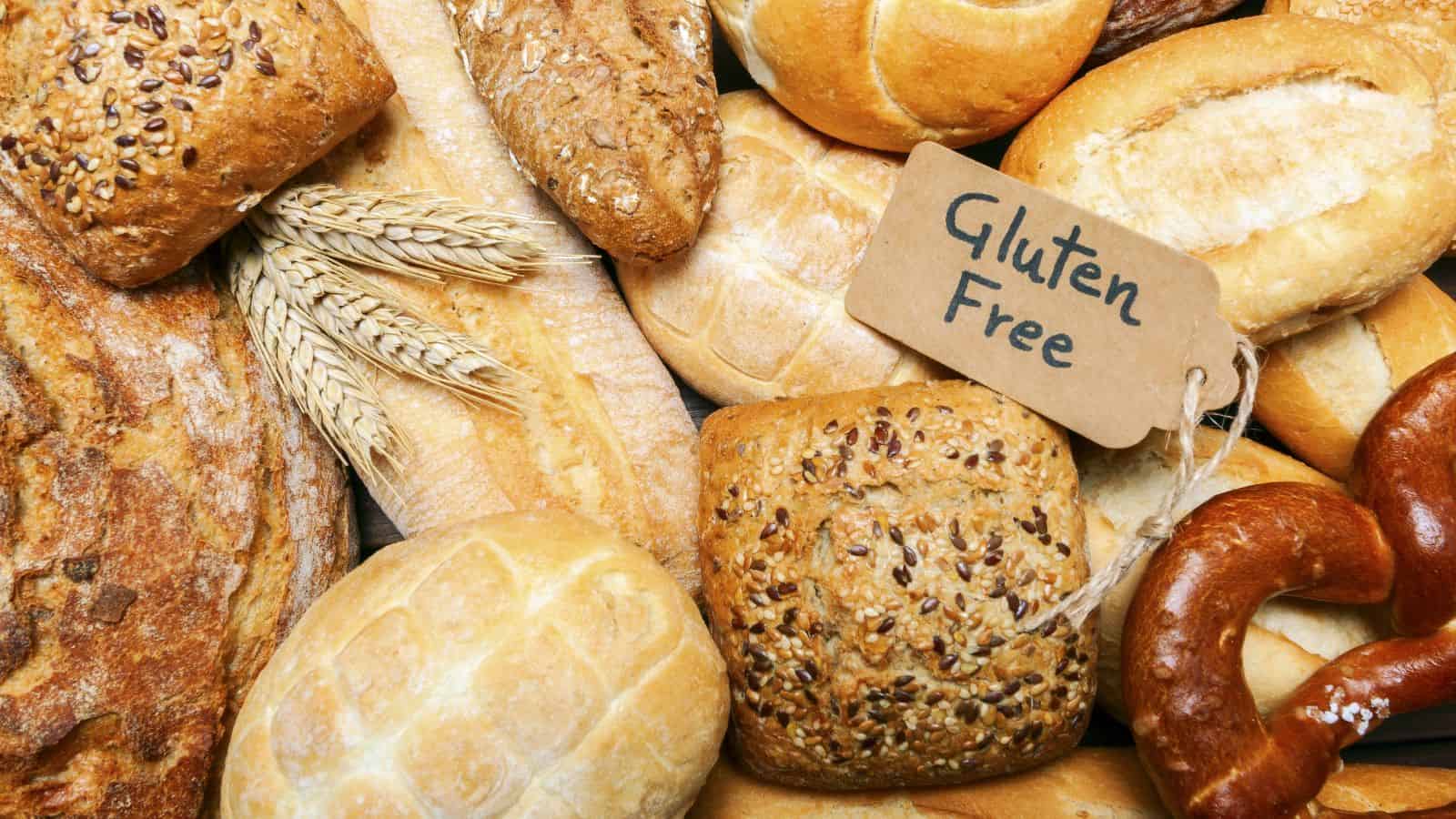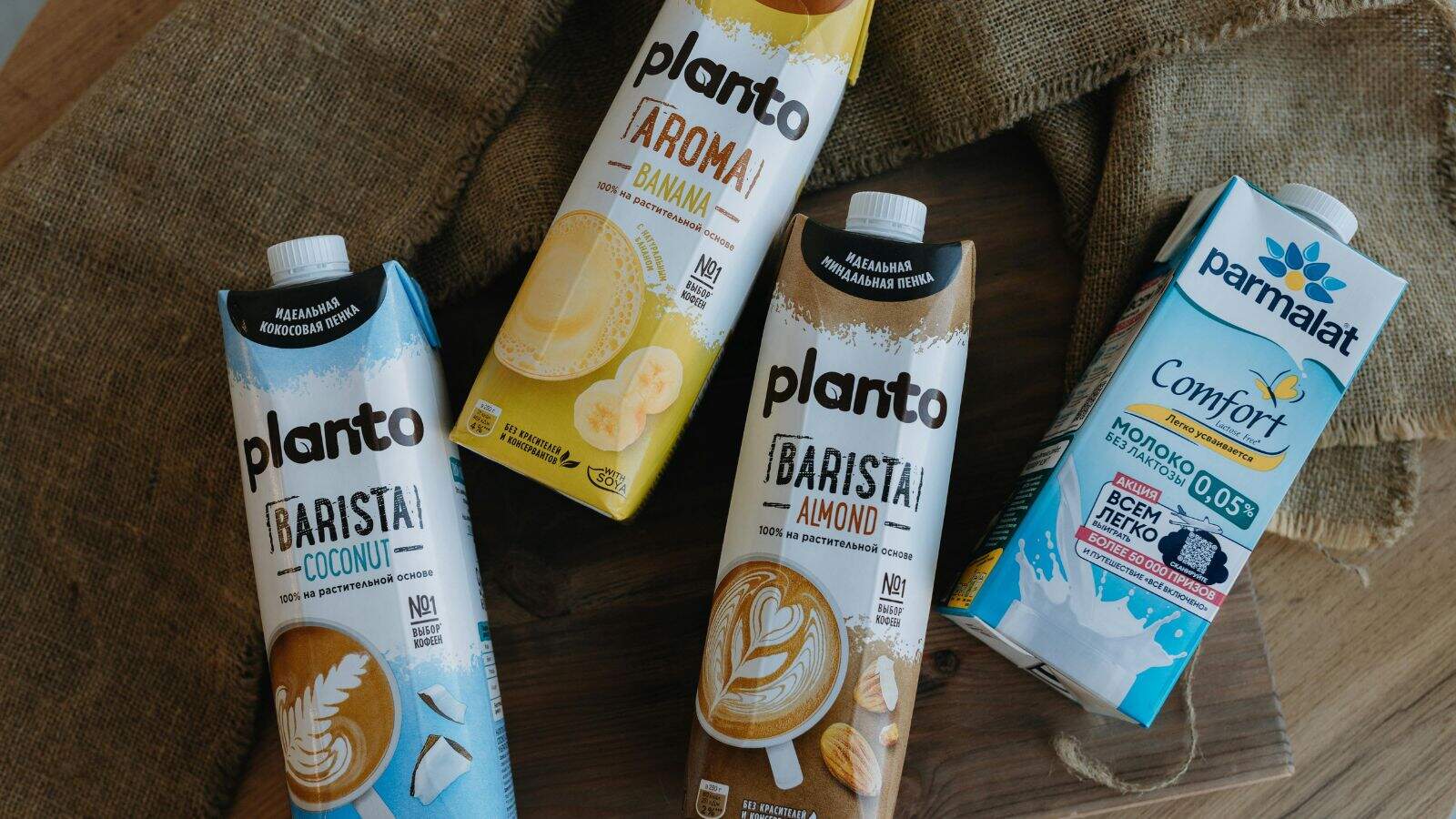When you walk through the grocery store, it’s easy to think you’re making healthy choices based on the labels you see. However, there are 13 misleading food labels that are specially created to catch your attention and foster a sense of trust, even if they don’t tell the whole story. It’s all too common for consumers to be swayed by marketing that plays on our desire for healthy eating.
Understanding food labels is essential for making informed choices. Some labels lead you to believe you’re picking a great option when it’s just a cleverly packaged product. In this article, we'll talk about some of the most common food labels that can cause confusion. By the end, you’ll be better equipped to navigate the aisles and make choices that truly align with your health goals. Let’s get started!

No Preservatives

While the absence of preservatives may seem appealing, this label can be misleading if consumers do not consider other ingredients present in the product. Many items labeled as having no preservatives may still contain artificial flavors, colors, or other synthetic additives that can be unhealthy. This can create a false sense of security regarding the healthfulness of the product. Shoppers should carefully review ingredient lists to understand what is included and make educated decisions based on the overall composition.
Cholesterol-Free

While the label "cholesterol-free" may sound appealing, it can be misleading for consumers. Many plant-based foods are naturally free of cholesterol, which means that this label does not necessarily indicate a healthier choice. Additionally, some products may still contain unhealthy fats or additives that can negatively impact heart health. It is essential for consumers to look beyond this label and examine the full nutritional content of the product to make sure it aligns with their dietary needs and health goals.
No Added Sugar

While the absence of added sugars may seem beneficial, it can be misleading. Products with this label can still contain high levels of natural sugars, such as those found in fruit or dairy, which can contribute to significant sugar intake. Additionally, some items may use alternative sweeteners that are not necessarily healthier. Consequently, consumers should read the nutrition facts and ingredient lists carefully to understand the total sugar content and make choices that align with their dietary goals.
Whole Grain

The label "whole grain" can be misleading if consumers do not fully understand its implications. While whole grains are generally healthier than refined grains, products marketed with this label may contain only a minimal amount of whole grains, with the majority being processed varieties. This can result in a product that does not deliver the expected health benefits associated with whole grains. To make informed choices, it is essential to check the ingredient list for whole grains and their proportions, rather than relying solely on the label.
Diet

The term "diet" can be misleading as it may suggest that a product is healthier or formulated for weight loss. However, many items labeled as diet can contain artificial sweeteners, unhealthy fats, or other additives that are not conducive to a balanced diet. This can lead consumers to overlook the potential negative effects of these ingredients. It is essential to carefully analyze the nutritional information and ingredient list to make informed choices rather than relying solely on the label's implications.
Made with Real Fruit

This label can create the impression that a product is healthy, but it often indicates that only a small percentage of the ingredients come from real fruit. The remainder may consist of sugars, additives, or artificial flavors that can diminish the product's nutritional value. Consequently, consumers may be misled into believing they are making a healthier choice. To avoid this confusion, it is important to scrutinize the ingredient list and nutritional information to understand the true content of the product.
Low-Fat

Products labeled as low-fat can create the impression of being healthier options, but this can be deceptive. In many cases, manufacturers compensate for the reduced fat content by adding sugars or artificial ingredients to maintain flavor, which can negate any perceived health benefits. As a result, these items may not be as nutritious as they seem. Consumers should critically evaluate the ingredient list and nutritional information to gain a clearer understanding of what they are consuming, rather than trusting the label alone.
Organic

While organic products must adhere to specific agricultural practices, the term can still be misleading. Some items labeled as organic may contain only a small fraction of organic ingredients, or they might be processed in a way that diminishes their health benefits. Furthermore, the certification process can vary by region, leading to inconsistencies in what consumers might expect. As a result, it's essential for shoppers to research brands and understand the criteria behind organic labeling to make informed choices about their purchases.
Light

The term "light" can refer to reduced calories or fat, but it lacks a standardized definition, leading to confusion among consumers. Different brands may interpret this term in various ways, which can make it difficult to ascertain the actual nutritional value of the product. Consequently, items labeled as light may still contain unhealthy ingredients or additives that compromise their overall healthfulness. To navigate this ambiguity, shoppers should carefully read labels and ingredient lists to make educated decisions.
Gluten-Free

This label is vital for individuals with gluten intolerance or celiac disease, yet it can be deceiving for the average consumer. Many gluten-free products are heavily processed and may contain high amounts of sugars, fats, or additives to enhance flavor and texture. Consequently, these items may not be healthier alternatives to their gluten-containing counterparts. Consumers should assess the nutritional information and ingredient lists of gluten-free products to better understand their health implications rather than assuming they are inherently better.
Natural

The term "natural" lacks a clear regulatory definition, allowing manufacturers considerable leeway in its application. Products can carry this label while still containing artificial ingredients, preservatives, or other synthetic components. This ambiguity can lead consumers to believe they are choosing healthier options when, in reality, the product may not align with their expectations. It is crucial for shoppers to scrutinize ingredient lists and nutrition facts to determine the true nature of what they are purchasing, rather than relying solely on the label.
Heart-Healthy

The label "heart-healthy" can be misleading as it may be applied to products containing ingredients associated with cardiovascular health, such as omega-3 fatty acids or whole grains. However, these items may also include unhealthy additives, sugars, or fats that detract from their nutritional value. Consequently, consumers might mistakenly assume that a product is entirely beneficial for heart health. To make informed choices, examining the full ingredient list and nutritional profile is important rather than relying solely on marketing claims.
Fat-Free

Items labeled as fat-free can mislead consumers into thinking they are healthier choices. To compensate for the absence of fat, manufacturers often add sugars, artificial flavors, or fillers, which can lead to an increased calorie count. This practice can create a false sense of security regarding healthfulness, as consumers may overlook the potential negative impacts of these added ingredients. To make well-informed decisions, examining the complete nutritional profile of fat-free products is crucial rather than relying solely on the label.
Read the Fine Print

Navigating food labels can feel overwhelming, especially with so many terms designed to catch your eye. It’s crucial to remember that just because something is marketed as healthy doesn’t mean it truly is. Being aware of these misleading labels empowers you to make better choices that align with your health goals.
By doing this, you can cut through the marketing noise and focus on what really matters: the quality of the food you’re putting into your body. The next time you’re shopping, keep these insights in mind. With a little knowledge and awareness, you can confidently choose products that genuinely support your well-being. It’s all about making informed decisions that lead to a healthier lifestyle. Happy shopping!






Tell Me What You Think!